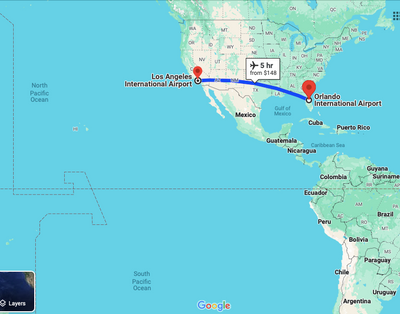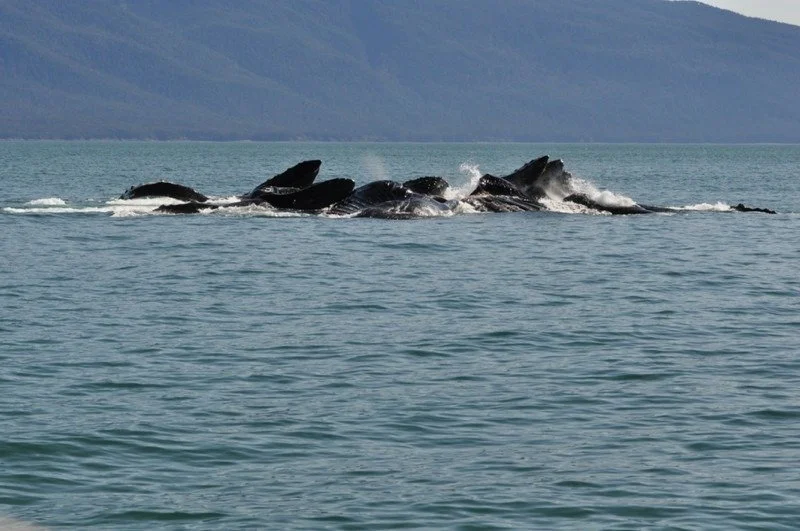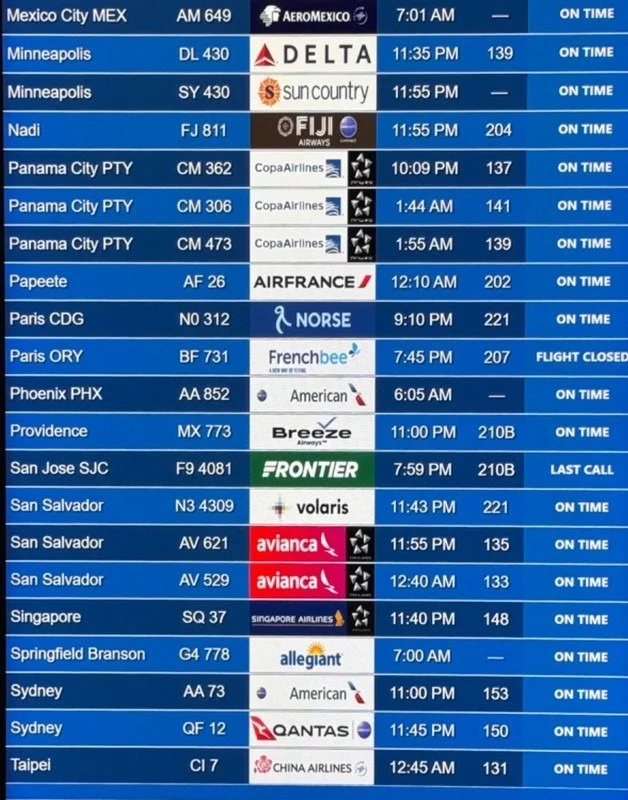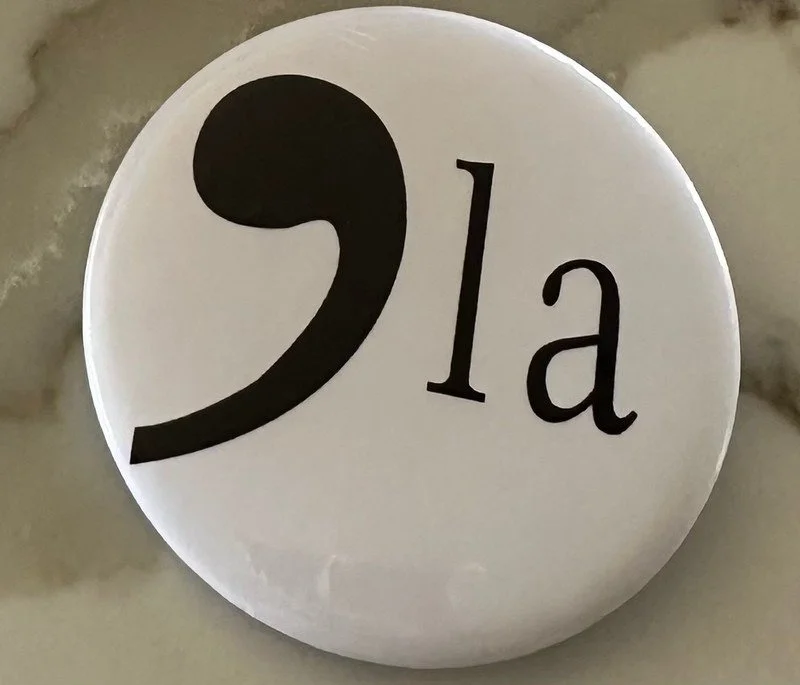Chapter 16: Fly to Los Angeles and w a i t
Long Day Past, Long Day Ahead
The final leg of my Year of the Whales is upon me.
Picked up at 1:00pm to arrive at Orlando International Airport by 2:30, well in advance of a nearly five hour long non-stop to Los Angeles, I am excited to swim with humpbacks like those I photographed almost three weeks ago while they were bubble net feeding, breaching and otherwise frolicking in Alaska. They will be engaging in much different behaviors in the Cook Islands where I am headed. But I won't get ahead of myself.
Delta airlines delivers me to LAX in my first class (still cramped) window seat at 6:23pm, right on time, after the long transcontinental flight. I watched two movies: The Usual Suspects and Cool Hand Luke. Very retro. This was one of Delta's new Airbus A321NEO aircraft. It's nice to be on a new airplane for such a long narrow body trek. In case you are an airline nerd like me and don't already know, NEO stands for New Engine Option. The engines are more fuel efficient and offer extended range from the regular A321.
My L.A. wait is almost as long as the flight was: five hours before I can depart for Papeete, (Pah, Pee, ETT, Tay) Tahiti, at ten minutes after midnight (tomorrow morning) aboard an Air France A350-900. I stopped by the American Express Centurion Lounge. It was hot and crowded so I didn't stay long, opting to search for the Air France Lounge. It was perfect. Nobody around, temperature good, caesar salad with chicken on the buffet and, well, quiet. It will be my first time on the A350-900, the second largest that AirBus makes, so I guess I am looking forward to that. I did note that the new interiors that Air France has been bragging about have not been executed in this particular aircraft.
When I arrive at 5:30am Friday morning, it will be 10:30am in Kansas City, 11:30am in Vero.
Delta rebooked me a few times since I bought this ticket months ago.
Humpbacks migrate almost 10,000 miles annually. I feel as if I am approaching that trying to get to know them better. Compared to sperm whales like those I swam with in Dominica back in June, humpbacks are a fraction larger--up to 56 feet long. But they weigh slightly less at up to 80,000 pounds. Their estimated global population is 135,000 worldwide.
Those that I photographed out of Auke Bay (Juneau) were feeding, storing up calories for their long swims to their unique breeding and birthing grounds. The ones I will swim with in Aitutaki, Cook Islands, won't be eating. They did that earlier this year. After their lengthy migration, they will be mating and giving birth.
I plan to post a new chapter of this blog each day that I am gone. If I post each evening, you will find a new entry in your inbox when you wake up. For a few days, I invite you to read Heather Cox Richardson and Joyce Vance first--and then, if time remains, me. Oh, one more thing. I got some buttons in the mail.





